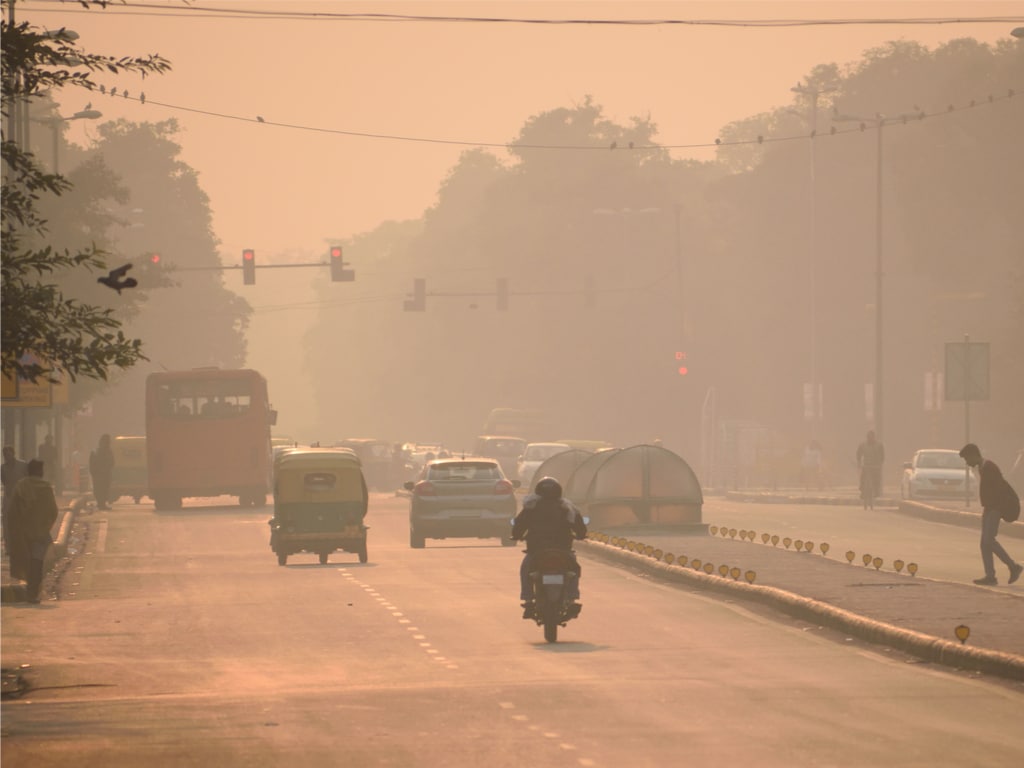In Lomé, the capital of Togo, 1.4 million people are exposed to pollution levels four to five times higher than the World Health Organisation (WHO) guidelines. This is the finding of a study conducted jointly by the Lamont-Doherty Earth Observatory at Columbia University in the United States of America and the University of Lomé.
The research team consisted of Kokou Sabi, Hèzouwè Sonla and Eric Kokou Gbedjangni from the University of Lomé, and Daniel Westervelt and Celeste MacFarlane from the Lamont-Doherty Earth Observatory at Columbia University, coordinated by Garima Raheja. Collins Gameli Hodoli of the Accra, Ghana-based Clean Air One Atmosphere also contributed to the work.
The work, which involved monitoring air pollution in this West African city over several years, revealed that microscopic particles that can be inhaled cause a number of heart diseases such as asthma and lung cancer.
Human and natural causes
Some of the air pollution in Lomé comes from human activities, including vehicle exhaust from nearby highways, dust from unpaved roads, waste burning and cooking emissions, and coal-fired power plants.
Based on analyses by Togo’s National Centre for Scientific Research, the researchers also found that the Harmattan (a dry, dusty wind that blows across the Sahara between December and February) has increased pollution concentrations by up to 58% in recent years. This is with daily and weekly trends monitored by greenhouse gas (GHG) emissions.
Prospects for resilience
“Improving air quality may take a lot of work and many years, but in the meantime, early warning systems that use air quality forecasts could help alert residents to particularly bad air pollution days,” says the research collective, while hoping to expand their sensor network to better understand the distribution of air pollution in the West African country.
Read also-AFRICA: UNEP assesses air pollution and climate change
Although Togo does not currently have its own air quality monitoring standards, President Faure Gnassingbé pushed through a plan to reduce air pollution and fight climate change in 2020. Following the 2017 ratification of the Paris Climate Agreement, the Togolese government is working to build climate resilience through mitigation and adaptation strategies, including a promise to reduce its GHG emissions by 30% by 2030. Lomé wants to promote renewable energy through rural electrification initiatives based on solar home systems and the implementation of large solar photovoltaic power plants such as the 50 MWp plant in Blitta.
Benoit-Ivan Wansi
